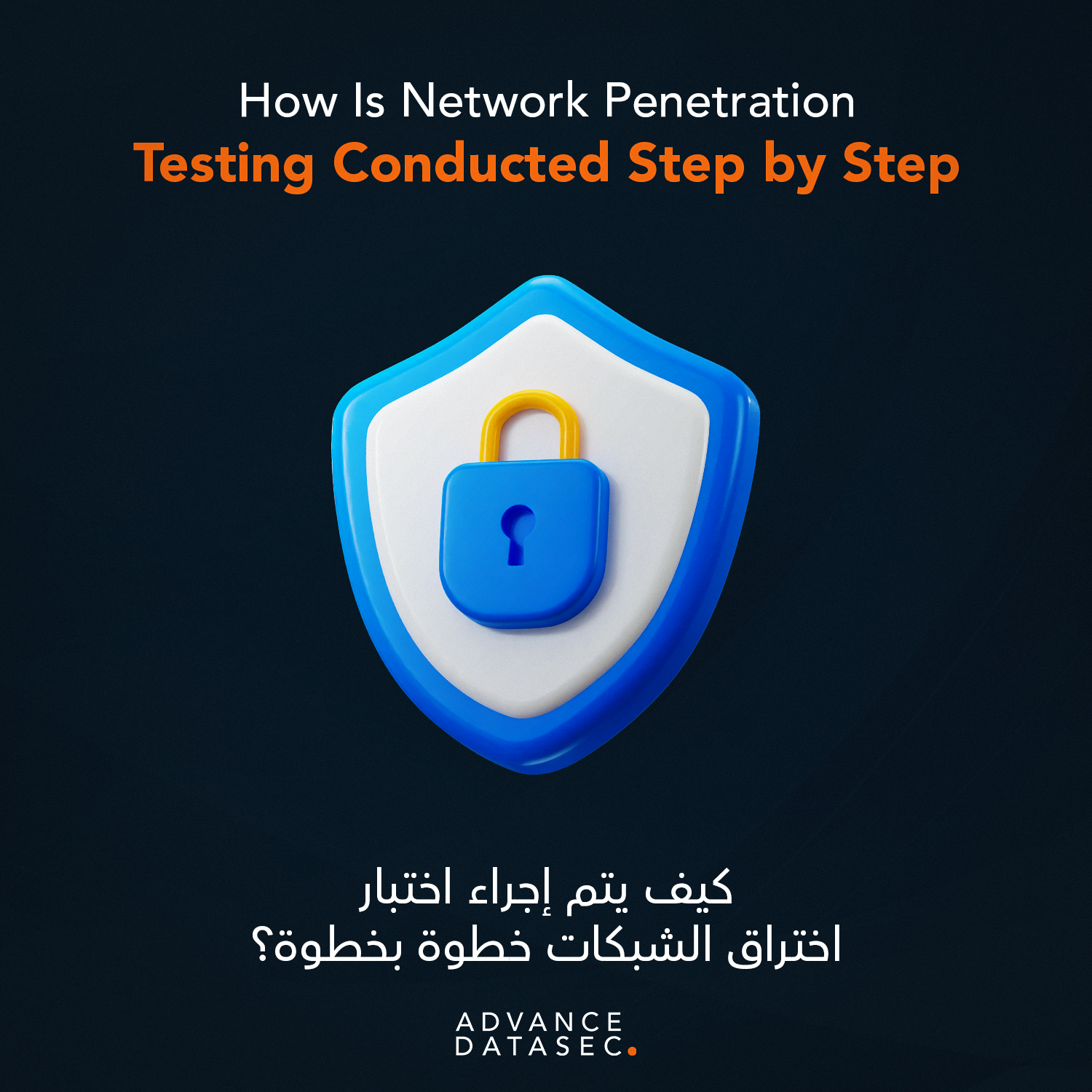In today’s interconnected business world, your network is the lifeblood of your operation. It holds your sensitive data, connects your teams, and facilitates client interactions. But how do you know if that lifeblood is truly secure against sophisticated cyber threats? The answer lies in Network Penetration Testing—a proactive, controlled simulation of a real-world attack designed to find weaknesses before malicious hackers do.
Far beyond basic vulnerability scanning, a comprehensive Network Penetration Testing engagement provides actionable insights into the security posture of your infrastructure. This guide breaks down the detailed, systematic process cyber security experts follow to conduct a thorough and effective network penetration test, ensuring your defenses are as strong as they need to be.
Phase 1: Planning and Reconnaissance (The Blueprint)
The success of any penetration test hinges on detailed planning and deep understanding. This phase is about setting the rules of engagement and gathering initial information about the target environment.
1. Defining the Scope and Rules of Engagement
Before any testing begins, the security provider and the client must align on the objectives, scope, and legal parameters of the test.
- Scope Definition: This specifies exactly what will be tested (e.g., external perimeter, internal network segments, specific firewalls, or wireless networks).
- Methodology: Determining the testing approach (e.g., Black Box – no prior knowledge; White Box – full network knowledge; or Gray Box – partial knowledge).
- Legal Agreement: Formalizing permissions (a “Get Out of Jail Free” card) is crucial to ensure the simulated attacks are legal and authorized. This minimizes the risk of legal or operational repercussions.
- Timeframe and Constraints: Establishing the duration of the test and defining any critical systems or times when testing must be paused to avoid operational disruption.
2. Information Gathering (Reconnaissance)
The testing team begins to gather information about the target network, mimicking an attacker’s initial steps.
- External Reconnaissance (Passive): Gathering publicly available information without direct interaction with the network. This includes searching public databases, DNS records, public IP ranges, and organizational employee lists (OSINT).
- Internal Reconnaissance (Active/Passive): Once inside the perimeter (for internal testing), the tester might use network mapping tools to identify active devices, open ports, and services running on the internal network. This crucial step identifies the potential attack surface for the Network Penetration Testing.
Phase 2: Discovery and Vulnerability Analysis (Finding the Flaws)
With the blueprint in hand, the focus shifts to systematically scanning the network for vulnerabilities that could be exploited.
3. Port Scanning and Service Enumeration
The testers systematically scan the defined network range using specialized tools.
- Port Scanning: Identifying all open ports on hosts. An open port signifies a running service that could be targeted.
- Service Enumeration: Determining the specific application, version, and configuration of the services running on those open ports (e.g., is it an old, unpatched version of SSH or FTP?). This detail is vital, as attackers often target services with known public vulnerabilities.
4. Vulnerability Scanning
Automated vulnerability scanners are employed to compare the identified services and configurations against vast databases of known security flaws.
- The scanner flags potential weaknesses, such as outdated software, missing patches, weak passwords, and misconfigurations.
- While automated tools provide speed, the penetration tester critically validates and filters these results, distinguishing true security risks from false positives. This human judgment is what elevates Network Penetration Testing above simple automated scanning.
Phase 3: Exploitation (The Attack Simulation)
This is the phase where the penetration testing team attempts to exploit the verified vulnerabilities to gain unauthorized access. The goal is not destruction, but to prove that a vulnerability is real and demonstrate its business impact.
5. Gaining Access
Using specialized exploitation frameworks and custom scripts, the tester attempts to compromise a system. Common exploitation targets include:
- Network Misconfigurations: Leveraging weakly configured firewalls or network access control lists (ACLs).
- Unpatched Software: Exploiting known flaws in outdated operating systems or network services.
- Weak Credentials: Attempting brute-force or dictionary attacks against user authentication portals.
6. Post-Exploitation and Privilege Escalation
Once initial access is gained (e.g., a low-level user account is compromised), the tester attempts to deepen the breach and increase their permissions.
- Privilege Escalation: Moving from a standard user account to an administrator or root account to gain full control over the compromised system.
- Lateral Movement: Using the first compromised system as a pivot point to attack other internal systems and sensitive network segments, proving that an attacker could navigate the corporate network undetected.
- Data Exfiltration Simulation: Attempting to access and simulate the extraction of sensitive data (like customer records or financial information) to fully demonstrate the potential real-world harm of the discovered flaw. A full-scope Network Penetration Testing should always test the limits of data protection.
Phase 4: Reporting and Remediation (The Value Delivery)
The true value of Network Penetration Testing is realized in this final phase, transforming technical findings into actionable business intelligence.
7. Analysis and Report Generation
The testing team meticulously documents every step taken, every vulnerability found, and every successful exploitation path.
- Comprehensive Findings: The report details the vulnerabilities, including their precise location, the method used for exploitation, and the level of access achieved.
- Risk Rating: Each finding is assigned a severity score (e.g., High, Medium, Low) based on the exploitability and the potential business impact.
- Proof of Concept (PoC): Visual evidence (screenshots, command logs) is included to validate the security flaw.
8. Remediation and Retesting
This is the most critical step for the client: fixing the identified issues.
- Actionable Recommendations: The report provides clear, prioritized recommendations for remediation—not just what to fix, but how to fix it (e.g., “Patch Server X,” “Implement MFA on VPN,” or “Harden Firewall Rule Set Y”).
- Remediation Support: Expert security partners often provide guidance during the fix cycle.
- Retesting: After the client implements the recommended fixes, the Network Penetration Testing team performs a focused retest to confirm that the vulnerabilities have been completely eliminated and no new flaws were introduced during the patching process.
Conclusion: Securing Your Future with Proactive Testing
A systematic, comprehensive Network Penetration Testing process is the best way to move from a reactive to a proactive security posture. It converts theoretical vulnerabilities into confirmed, actionable risks, allowing organizations to allocate resources effectively and harden their defenses against an ever-evolving threat landscape. By following this meticulous step-by-step approach, security experts ensure that when you face a real attack, your network is ready.
Is your network strong enough to withstand a real-world cyber attack? Don’t leave your most critical assets to chance. Ensure your business continuity and protect your sensitive data with a rigorous, expert-led network penetration test.
Partner with the Offensive Security experts. Contact Advance Datasec today for a quote and take the critical step toward truly securing your network infrastructure.

For more articles:






